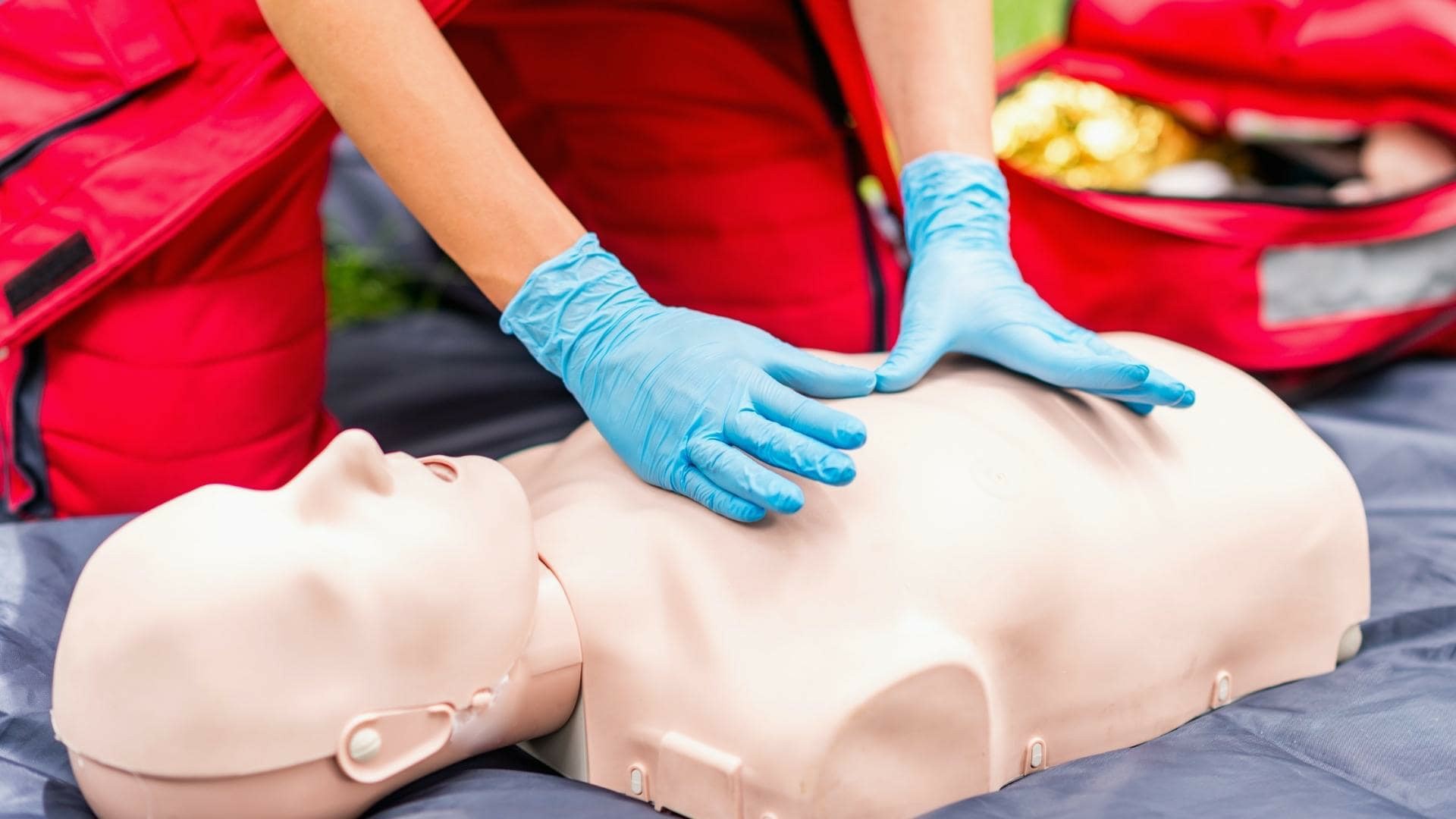Empowering Employees: The Transformative Impact of First Aid Training and CPR Certification on Workplace Safety
In today's dynamic work environments, the safety and well-being of employees are paramount. One of the most effective ways to ensure workplace safety is through comprehensive First Aid training and CPR certification. This blog post delves into the various benefits of these training programs, illustrating how they not only protect employees but also foster a culture of safety and preparedness.
Why First Aid Training is Essential in the Workplace
First Aid training equips employees with the knowledge and skills necessary to respond swiftly and effectively to emergencies. By having trained personnel on site, organizations can:
- Minimize Response Time: Quick action can save lives, particularly in critical situations involving injuries or health emergencies.
- Enhance Confidence: Employees who are trained in First Aid are more confident in their ability to handle emergencies, which reduces panic and hesitation.
- Strengthen Team Cohesion: Shared training experiences foster teamwork and collaboration, further enhancing workplace relationships.
Basic First Aid Skills Every Employee Should Know
There are essential First Aid skills that every employee should master, including:
- CPR Techniques: Knowing how to perform CPR can be lifesaving. Training focuses on the steps to take when an individual is unresponsive and not breathing.
- Wound Care: Employees learn to clean, dress, and apply pressure to bleeding wounds—crucial skills that can prevent infections and aid recovery.
- Choking Response: Understanding the Heimlich maneuver and how to assist someone choking can dramatically change outcomes in emergencies.
Understanding CPR: Life-Saving Techniques for the Workplace
CPR (Cardiopulmonary Resuscitation) is a critical component of emergency response training. Here’s why understanding CPR is vital:
- Immediate Action: In cases of cardiac arrest, immediate CPR can double or triple a victim's chances of survival.
- Accessible Skills: CPR training can be learned through a variety of formats, including workshops, hands-on sessions, and online courses.
- Empowerment: When employees are trained in CPR, they feel empowered to act in emergencies rather than waiting for professional help.
Regulatory Compliance and Workplace First Aid Requirements
Compliance with health and safety regulations is non-negotiable in any workplace. Organizations must be aware of:
- Legal Obligations: Many industries are required to maintain First Aid trained personnel to meet compliance standards.
- Environment-Specific Training: Different workplaces may necessitate specialized First Aid training based on risks unique to their environments (e.g., construction sites, offices, healthcare facilities).
- Regulatory Audits: Proof of First Aid and CPR training can be a requirement during workplace safety audits.
Benefits of First Aid Certification for Businesses and Employees
Gaining First Aid certification benefits both employees and the organization:
- Enhanced Workplace Culture: A commitment to safety training creates a culture of care, where employee well-being is prioritized.
- Insurance Benefits: Some insurance providers offer discounts to businesses that maintain trained First Aid personnel, potentially lowering overhead costs.
- Employee Retention: Offering training opportunities demonstrates an employer's investment in their employees, resulting in higher satisfaction and retention rates.
Emergency First Aid Procedures: Step-by-Step Guidelines
In any emergency, having clear procedures can make all the difference. Here’s a simplified framework for responding effectively:
- Assess the Situation: Ensure the area is safe for both the responder and the victim.
- Call for Help: Contact emergency services if the situation requires professional assistance.
- Provide Care: Use your training to administer First Aid while awaiting help.
- Document the Incident: Record all details for future reference and compliance reporting.
Choosing the Right First Aid Course: Online vs. In-Person Training
Both online and in-person training options are available, offering flexibility to suit various learning styles and schedules:
- Online First Aid Courses: Ideal for busy professionals seeking to learn at their own pace; offers convenience but may lack hands-on practice.
- In-Person Training: Provides practical experience and immediate feedback from instructors, ensuring skills are learned effectively.
Final Call to Action: Enroll Your Team in Certified First Aid & CPR Training Today!
Preparing your workplace for emergencies starts with comprehensive First Aid training and CPR certification. Take action today by enrolling your team in a certified course. Visit Ireland Safety Training or contact us at [email protected] for more information!



 349,500 Offered Certificates
349,500 Offered Certificates
 24/7 Online Training
24/7 Online Training
 Money Back Guarantee
Money Back Guarantee
 Fully Accredited Courses
Fully Accredited Courses
